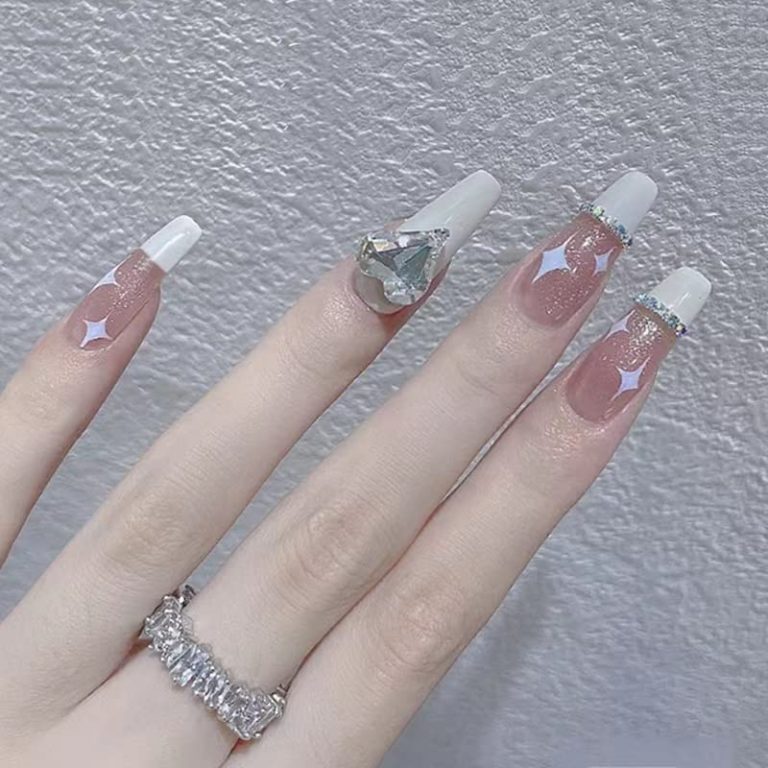
Nourishing Nail Care Tips for Stronger Nails
Introduction to Nail Health
Understanding the fundamentals of nail health is essential for maintaining strong and healthy nails. Fingernails are not just a canvas for fashion or art; they have important functions. They protect the delicate tissues of our fingertips and enhance our ability to pick up small objects. How to moisturize nails?Composed of keratin, a type of protein, healthy nails should be smooth, uniform in color, and free of any discoloration or distortion.
Nail health can mirror our overall health. Certain nail conditions may signal underlying health issues that require attention. Knowing how to take care of your nails is crucial in preserving their strength and avoiding potential problems. Simple steps such as keeping nails clean, moisturized, properly trimmed, and protected can lead to significant improvements in their appearance and health.
Moisturizing your nails is key in maintaining their health. It helps to prevent issues like brittleness and breaking, which are common signs of dehydration. Regular hydration supports nail flexibility and strength. ‘How to moisturize nails’ is therefore a topic of great importance for anyone looking to foster healthy nail growth.
Having a routine that involves nourishment and protection can help your nails stay strong and look their best. Throughout this blog, we will delve deeper into nail care tips, the signs of unhealthy nails, and the various ways you can enhance nail strength and health through proper moisturization and nutrition.
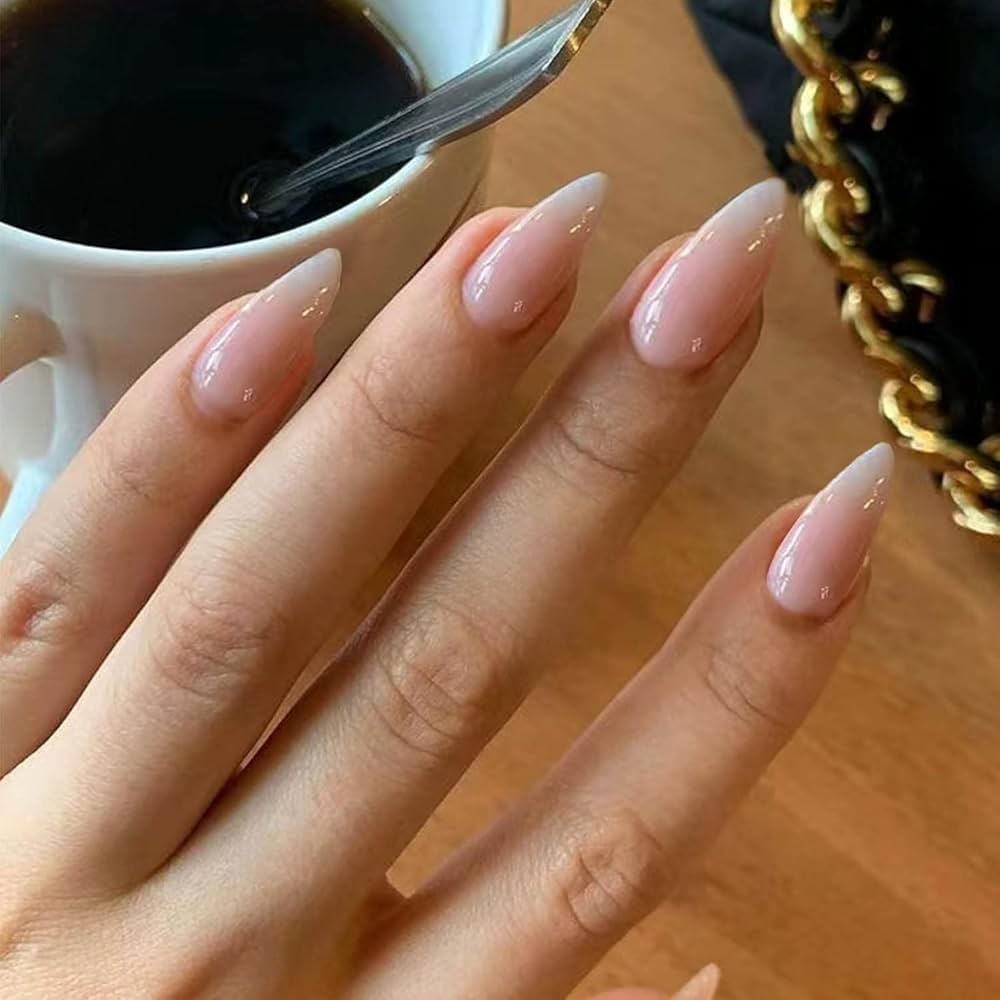
Signs of Unhealthy Nails
Identifying the signs of unhealthy nails is crucial for preventing further damage and seeking appropriate treatments. How to moisturize nails?Below are key indicators that your nails might not be in the best health.
Common Nail Health Issues
- Discoloration: Healthy nails usually have a consistent, pale pink color. Yellow, blue, green, or black discoloration can indicate issues.
- Brittleness: Nails that easily crack or split might be dehydrated or lacking in essential nutrients.
- Ridges and Dents: Vertical ridges may develop with age; however, deep ridges or dents can be signs of nutrient deficiencies or health problems.
- Unusual Nail Shape: Nails that curl upwards or downwards might signify underlying systemic issues.
- Slow Growth or Shedding: If your nails are growing unusually slow or shedding, this could be a symptom of a metabolic problem.
- Pain or Swelling: Any pain, swelling, or redness around the nails should prompt immediate consultation with a healthcare provider.
By recognizing these common issues, you can take early steps toward restoring nail health and preventing more serious conditions.
Do’s for Stronger Nails
How to moisturize nails?To achieve stronger and healthier nails, it’s essential to follow a few key practices:
Hydration and Moisturizing Techniques
- Keep Nails Hydrated: Apply moisturizer or hand cream to your nails and cuticles daily.
- Oil Soaks: Soak nails in natural oils like olive or jojoba oil, which can prevent brittleness.
- Wear Gloves: Protect nails when cleaning or washing dishes to prevent drying.
- Gentle Products: Choose nail care products without harsh chemicals that can cause dryness.
Hydration is crucial. It not only helps to avoid brittle nails but also maintains nail flexibility and strength.
Proper Nail Cutting and Filing
- Use the Right Tools: Trim nails with sharp scissors or clippers.
- Straight Cuts: Cut nails straight across to prevent ingrown toenails.
- Gentle Filing: File gently, in one direction, to shape the tips.
- Avoid Overtrimming: Don’t cut too close to the nail bed to prevent damage.
Cutting and filing correctly plays a vital role in preventing nail breakage and other issues. Adhering to these techniques can help maintain strong and well-shaped nails.
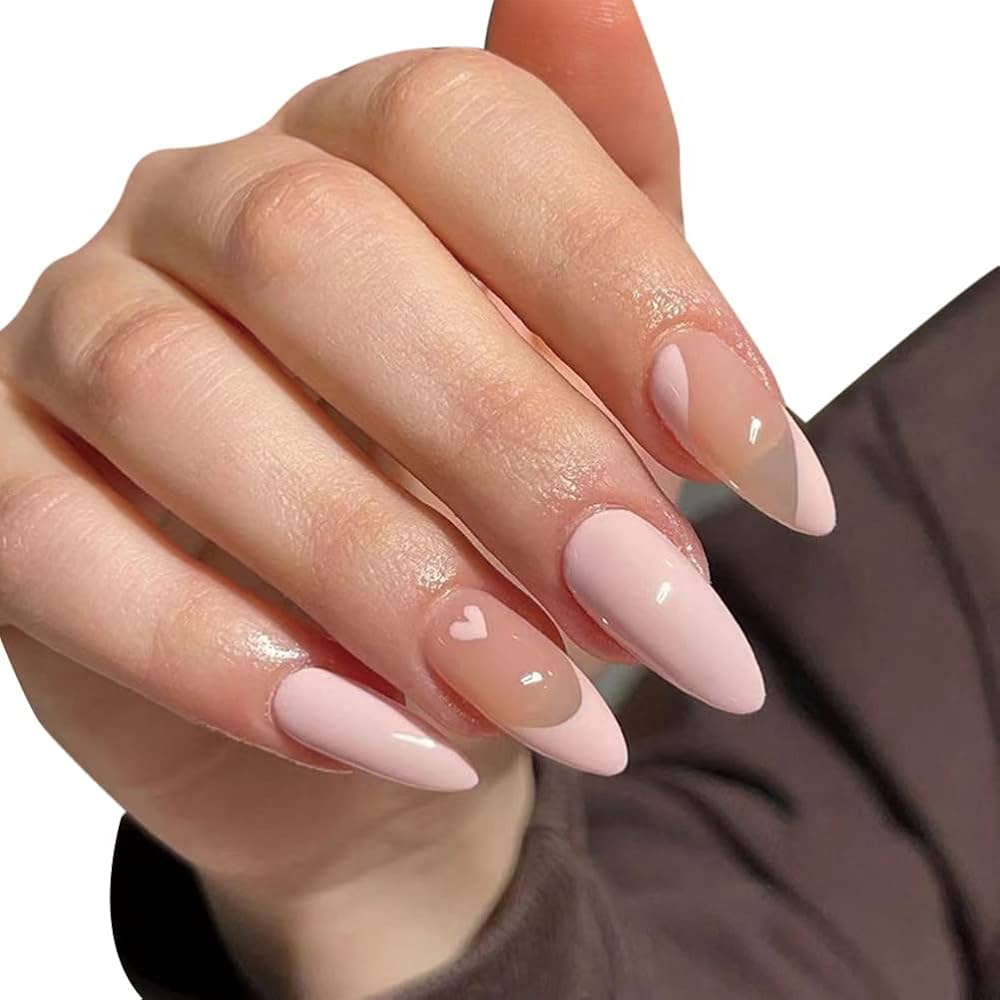
Don’ts for Nail Care
Avoiding certain habits is as crucial as following the right practices in nail care. How to moisturize nails?Below we discuss the don’ts that can help you maintain the strength and integrity of your nails.
Habits to Avoid for Nail Protection
- Avoid Biting Nails: Biting can damage the nail bed and introduce bacteria.
- Steer Clear of Harsh Chemicals: Chemicals in some nail care products can weaken nails.
- Do Not Ignore Moisturizing: Skipping the use of hand lotion leaves nails prone to brittleness.
- Cuticles Should Stay Intact: Don’t cut or push back your cuticles too much; they defend against infections.
- Skip Acetone Removers: They can dry out nails, leading to cracks and peels.
- Avoid Too Much Water: Long soaks can strip moisture from your nails, causing splits.
- Limit Use of Fake Nails: They often require strong chemicals for application and may trap moisture, fostering fungus growth.
- Resist Peeling Off Polish: This can remove the top nail layers and weaken the nail.
- Avoid Rough Filing: Aggressive filing can cause splits and ridges in nails.
- Don’t Ignore Nail Problems: If symptoms like discoloration and swelling arise, see a healthcare professional.
Steering clear of these habits, while implementing the right care techniques, will go a long way toward keeping your nails healthy and strong.
Nutritional Supplements for Nail Strength
Good nutrition is key to strong, healthy nails. How to moisturize nails?Vitamins and supplements can make a difference.
Role of Biotin and Other Vitamins
Biotin is known to boost nail strength. It is a B vitamin important for nail health. Include it in your diet or take supplements as recommended. Other vitamins like A, C, and E support nail health too. They help in repair and growth. Try to eat foods rich in these vitamins. Leafy greens, fruits, nuts, and fish are good sources. A multi-vitamin might also help if your diet lacks these nutrients.
Calcium and zinc are minerals important for nails. They keep nails hard and resist breaks. Dairy products, beans, and seeds have calcium. Zinc is in meat, poultry, and whole grains. Iron prevents brittle nails. You can find iron in red meat, spinach, and lentils.
Omega-3 fatty acids can reduce nail brittleness. They make nails less prone to splitting. Foods like salmon, walnuts, and flaxseeds are rich in omega-3s. A supplement can also be an option. Always ask a healthcare provider before starting any new supplement.
A balanced diet supports overall health, including nails. Drink plenty of water to stay hydrated. This helps maintain nail moisture from the inside.
Remember, changes won’t happen overnight. It takes time for nails to grow and show benefits. So, be patient and consistent with your nutritional choices.
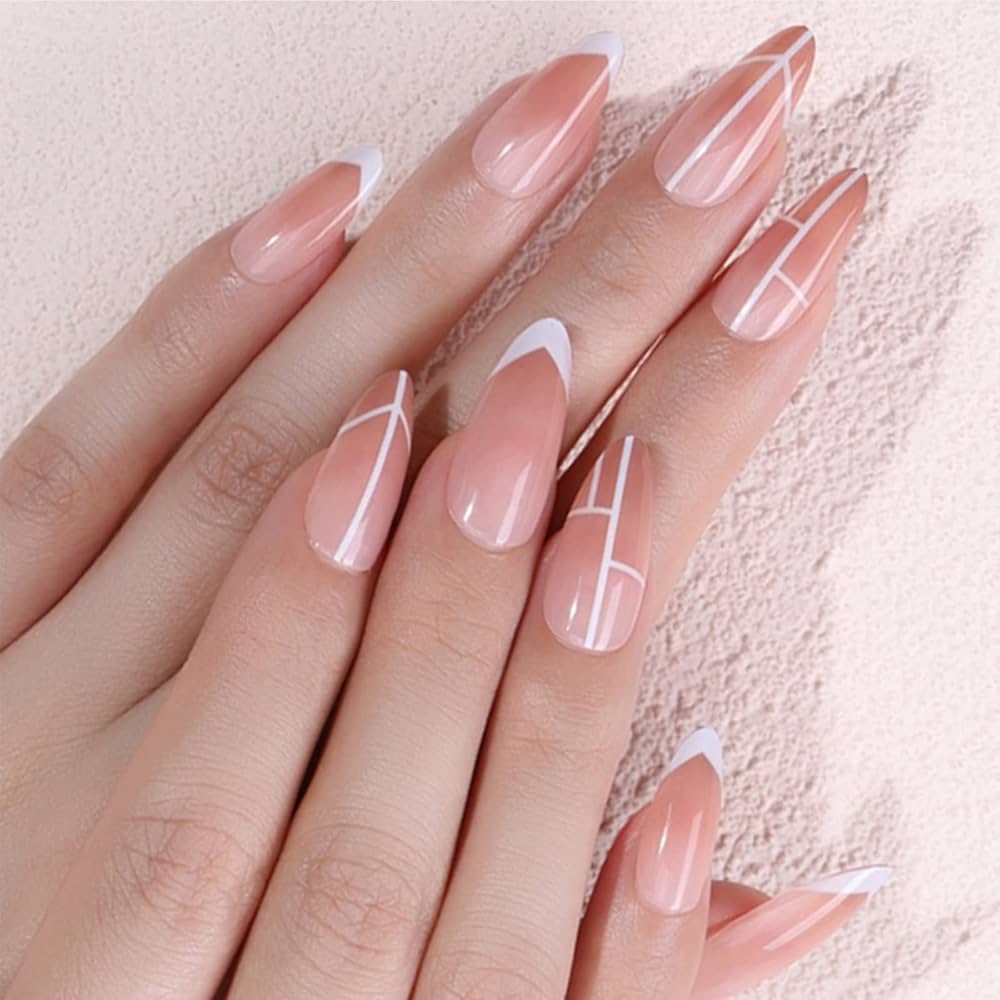
Professional Nail Treatments
Understanding when to seek professional nail treatments is key to maintaining nail health.
When to See a Dermatologist
Sometimes, nail issues need a doctor’s touch. If you notice the following, see a dermatologist:
- Persistent Pain or Swelling: If discomfort around the nails doesn’t go away.
- Severe Discoloration: Dark streaks or color changes on your nails may need checking.
- Nail Changes: Big changes in nail shape, thickness, or texture should be examined.
- Signs of Infection: Redness, warmth, and oozing at the nail bed are warning signs.
- Failure to Heal: If a nail problem won’t improve, it’s time for medical advice.
- Widespread Brittle Nails: Widespread brittleness might signal an underlying condition.
Seeing a specialist can ensure correct diagnosis and treatment. This step is important for nail recovery.
Maintaining Healthy Nails
Maintaining healthy nails requires regular and conscious care. Here’s how you can keep your nails nourished and strong every day.
Everyday Tips for Nourished Nails
Adopting simple daily practices can greatly improve nail health. Follow these strategies:
- Moisturize Daily: Always moisturize your nails and cuticles. Use oils like jojoba or almond oil for best results.
- Wear Gloves: When washing dishes or using cleaners, wear gloves. This protects your nails from harmful chemicals and water.
- Eat a Balanced Diet: Consume foods high in vitamins and omega-3 fatty acids. These nutrients are vital for strong nails.
- Keep Nails Clean: Clean your nails regularly but gently to prevent bacteria and fungus.
- File Correctly: File your nails in one direction. Avoid see-saw motion to prevent splitting.
- Avoid Excessive Water Exposure: Too much water can weaken nails. Limit your nails’ exposure during bathing or hand washing.
- Trim Regularly: Keep your nails trimmed to avoid snags and tears. Use sharp nail clippers.
- Limit Polish Use: Reduce nail polish use. Frequent use can dry out nails. When using, opt for non-acetone removers.
By following these tips consistently, you can maintain robust, hydrated, and healthy nails.
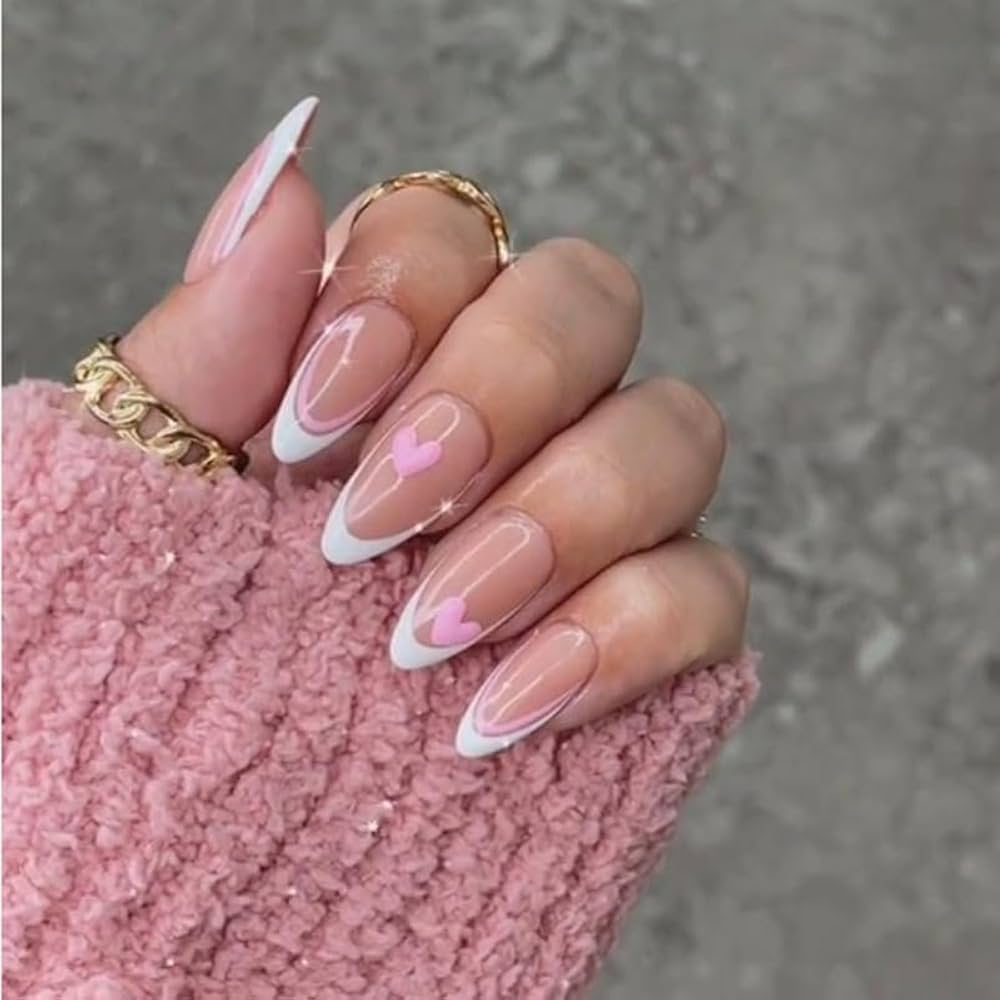
Conclusion: Best Practices for Nail Care Routine
To maintain strong and healthy nails, follow a consistent routine. Moisturize daily with oils or creams. Use biotin supplements as needed for strength. Keep your nails trimmed and filed correctly. Opt for gentle nail products without harsh chemicals. Always wear gloves when cleaning or washing dishes. Limit your nails’ exposure to water and harsh environments. Eat a balanced diet rich in essential nutrients for nail health. Regularly check your nails for any signs of damage or infection. If problems persist, consult a dermatologist. By maintaining these practices, you support the health and beauty of your nails.
